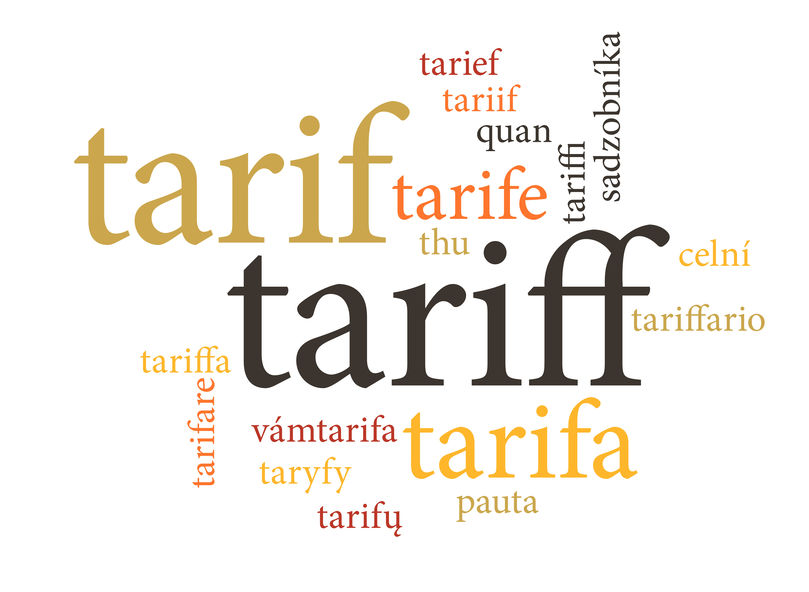Canada Customs 101: The CBSA basics

The Canada Border Services Agency (CBSA) is part of Canada’s fabric. It’s the gatekeeper: Letting in the stuff we want and keeping out the things we’d rather stayed away. But maybe you’ve asked yourself…
Integrated Import Declaration (IID) and Single Window

The Single Window Initiative (SWI) is a federal government process for gathering information on imports into Canada. We ran a blog on this back in January 2018.
New food safety regulations on the way

Just a reminder – on January 15, 2019, the Safe Food for Canadians Act and Regulations (SFCR) will come into effect. Anyone importing, exporting or handling food should become familiar with the changes and understand how the new regulations will affect their business.
CBSA Acronyms - Part 3

Every industry has its jargon and insider-speak. Shipping and logistics is no different. Thankfully, when you get bogged down in letters that just don’t add up, help is at hand – your friendly Cole customs broker will gladly field your questions; CBSA’s “frequently used” acronym list with definitions is online, and.
Safe Food for Canadians Act and Regulations: The Nitty Gritty

The Safe Food for Canadians Act and Regulations (SFCR) will come into effect on January 15th, 2019. We reviewed some of the details of SFCR in a previous blog post, but you may still have questions, like… “Will the new regulations come into effect all at once?” “Will these changes affect my small business?” “Do the.
General Average – Are you covered?

When you ship by sea, cargo insurance is a must. Even if your shipment seems indestructible… isn’t travelling far… or isn’t very valuable, insuring oceangoing goods is always recommended. Without insurance, you could be on the hook for a significant charge if a General Average is declared.
Duty relief: Don’t miss a chance to save

What is duty? Duty is a tax paid to the customs authority of the country into which goods are being imported. The amount of duty is usually calculated based on the value of the goods – but can also vary depending on other factors such as quotas, timing, quantity and country of origin.
SWI – the Single Window Initiative Update

The Single Window Initiative (SWI) is a federal government process for collecting information on imports into Canada. Rather than submitting information individually to different government agencies, as in the past, the single window initiative allows importers to provide all required information on imported goods in.

Latest Articles
- Watch out for these extra charges on your freight bill
- Key differences between duty drawbacks and duty refunds for importers
- Mitigating container shortages and rising shipping prices for ocean imports
- How Canadian importers benefit from end use tariff codes and conditional relief
- The benefits of operating as a Non-Resident Importer in Canada

